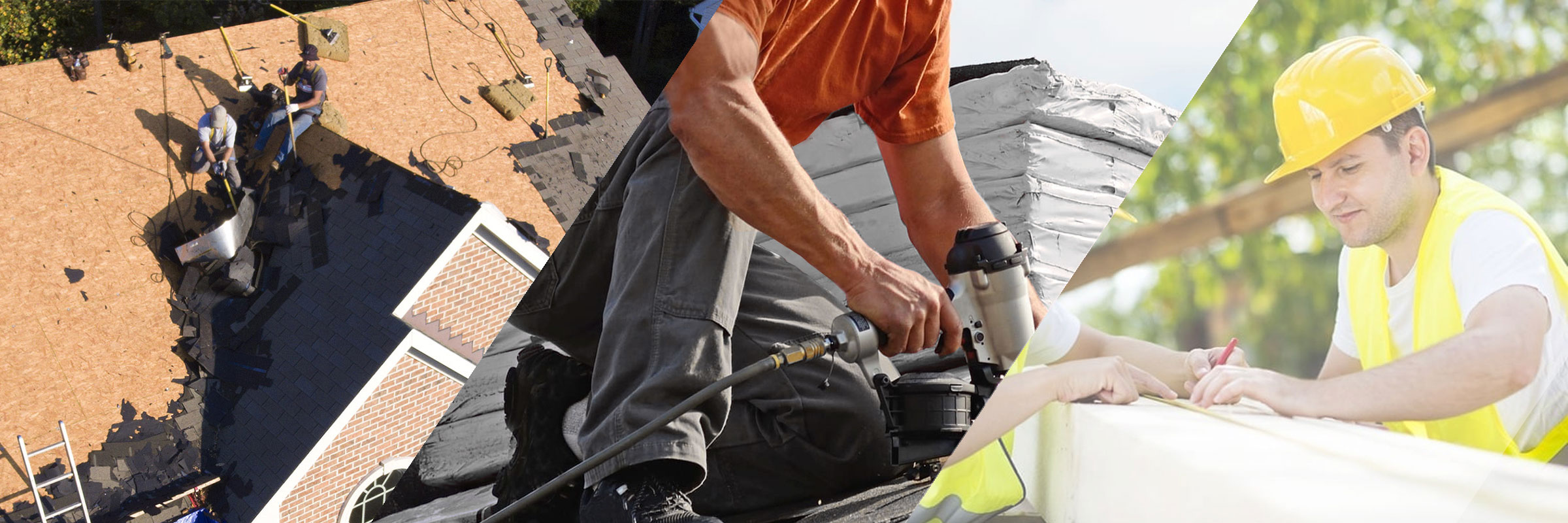Take Three Key Steps toward a Safer, Sounder Roofing Business
Workplace Safety
Imagine for a moment that the unthinkable happens. One of your employees is seriously injured.
According to the U.S. Bureau of Labor Statistics, every year more than 4500 workers are actually killed on the job (that’s twelve people per day) and 4.1 million suffer a serious job-related illness or injury.
Although these staggering statistics include all types of work, construction workers and roofers are represented and at risk. As a manufacturer of roofing products, IKO recognizes the importance of their safety.
A serious injury can adversely affect an employee’s family, income and future. As tragic as that can be, it doesn’t end there. It can also have a very negative impact on your business.
Annmeza Szeto, Manager of Health, Safety & Environmental Practices at IKO, is raising awareness of this issue through a campaign called “Safe Workplace Sound Business”. Initiated by the Occupational Safety and Health Administration (OSHA), it’s being sponsored by the Asphalt Roofing Manufacturers Association (ARMA).
Szeto says, “Contractors know how important workplace safety is, but its relationship to the bottom line is a very close one that’s not always obvious or given much thought until it’s too late and an accident has occurred. That’s what the ‘Safe Workplace Sound Business’ initiative is all about.
“When an employee sustains an injury that prevents him or her from working, it has a ripple effect throughout the business. Co-workers may be expected to pick up the slack, causing undue stress and a loss of morale. Insurance premiums may go up. The company’s reputation might be tarnished. There may even be legal suits involved.”
The “Safe Workplace Sound Business” campaign encourages small and medium-sized businesses to develop, communicate and implement a proactive, preventive health and safety policy based on three key steps: management leadership, worker participation and a systematic approach to finding and fixing workplace hazards.
Szeto elaborates on each. “First, it requires a top-down commitment from management, whose members should lead by example. Once you develop your policy, communicate it in writing but also make it part of your company’s culture and live it in your daily practices. Be sure your employees have the resources they need to implement your policy and that they understand its value.
“Secondly, encourage your workers to be proactive about workplace safety. They should look after each other and report any potentially unsafe conditions or practices immediately so they can be resolved right away. Every roofing job is different, so it’s critical to be alert and anticipate potential dangers in order to avert them. Pay attention to seasonal factors such as fallen leaves and frost creating extra-slippery surfaces, too.
“Finally, develop a proactive and systematic approach to finding and fixing potential safety hazards. Have regular formal, as well as impromptu spot inspections of all tools, equipment and gear. Recognize and reward employees who make contributions to your program.”
For more information on how to make your business safer and sounder, Szeto encourages you to visit:
https://www.osha.gov/shpcampaign/.
Here are some other useful links:
https://www.osha.gov/shpcampaign/ten-easy-things.html
http://www.roofingcontractor.com/topics/2706-safety-advice
http://www.roofingmagazine.com/category/columns/safety/



